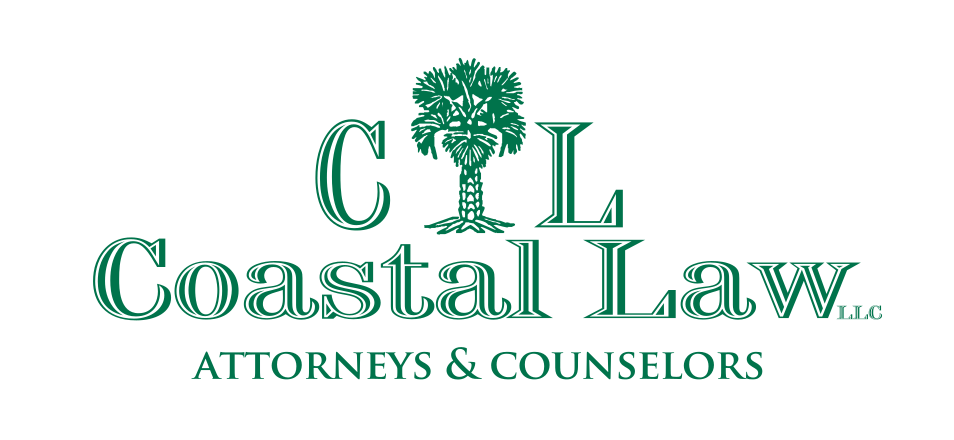What does “circumstantial evidence” mean?
At some point, we’ve all probably heard someone say something like, “that’s just circumstantial, we can’t really know what happened…”
And it’s true – circumstantial evidence, although it may suggest to us what happened, is often subject to multiple interpretations. It’s rarely conclusive, and we can easily be tricked into guessing a person is guilty based on the circumstances.
At best, if there is a lot of circumstantial evidence and each piece of evidence is consistent with the others, they could, when considered together, point conclusively to someone’s guilt beyond a reasonable doubt.
At worst, circumstantial evidence without accompanying direct evidence can create a suspicion that may or may not be true and that can result in a wrongful conviction.
Examples of Circumstantial Evidence
Circumstantial evidence alone does not directly prove a fact. Instead, it proves a different fact, from which someone may be able to draw a conclusion.
For example, if a prosecutor wants to prove that John burglarized Joe’s house, but no one saw him do it, what kind of circumstantial evidence would it take?
If John’s fingerprints were found on the windowsill, that is circumstantial evidence that creates suspicion. But is it enough? What if John has been at Joes’ house before? What if he installed the windows for Joe? What if he looked in through the window but did not enter the house (creepy, and may be a crime, but not burglary)?
If it is proven that John never visited Joe’s house before and that John doesn’t know Joe or anyone else who lives there, that’s two more facts that help paint a picture of how John’s fingerprints got on the window. But is that enough to prove burglary beyond any reasonable doubt?
What about if the prosecutor proves 1) John’s fingerprints were on the window, 2) John has never visited Joe’s house, 3) John doesn’t know Joe or anyone else who lives there, 4) Joe attempted to sell a computer at a pawn shop, and 5) the serial numbers on the computer match Joe’s computer?
Each of these facts, if proven, is circumstantial evidence that creates a suspicion but does not prove burglary. Each fact is subject to multiple interpretations only one of which is that John committed the burglary. All these facts taken together, however, might point conclusively to John’s guilt if there are no other facts that contradict them.
Examples of circumstantial evidence include:
- The witness saw snow on the ground (circumstantial evidence that it snowed last night),
- The witness saw people walking in a store with wet clothes and umbrellas (circumstantial evidence that it is raining outside), or
- The witness saw John driving your car down the road (circumstantial evidence that John stole your car).
The corresponding direct evidence would be:
- The witness stood outside last night and saw the snow falling,
- The witness walked outside the store where they got soaked as they watched the rain falling, or
- The witness saw John get into your car at your home and drive off in it.
Circumstantial Evidence in SC: Jury Instructions
Understanding what circumstantial evidence is and the weight it should be given in a criminal trial is critical for jurors (and the defendant who doesn’t want to go to prison). That understanding comes from the trial judge, who provides “jury instructions” at the end of the trial explaining what the law is that the jurors must apply to the facts of a case.
Grippon Charge
In State v. Logan, decided in 2013, the SC Supreme Court changed the circumstantial evidence jury instruction.
Previously, courts gave a jury instruction that was approved by the Supreme Court in State v. Grippon:
There are two types of evidence generally presented in a trial. There is direct evidence and circumstantial evidence. Direct evidence is testimony of a person who claims to have actual knowledge of a fact, such as an eyewitness, and this is evidence which immediately establishes the main fact to be proved. Circumstantial evidence is proof of a chain of facts and circumstances which indicate the existence of a fact, and this is evidence which immediately establishes collateral facts from which a main fact may be inferred. Circumstantial evidence is based on inference and not on personal knowledge or observation. The law makes absolutely no distinction between the weight or value to be given either direct or circumstantial evidence, nor is a greater degree of certainty required of circumstantial evidence than direct evidence. You should weigh all the evidence in this case, and, after weighing the testimony, if you are not convinced of the defendant’s guilt beyond a reasonable doubt, you must find the defendant not guilty.
Logan Charge
In Logan, however, the SC Supreme Court held that trial courts must also, when a defendant requests it, explain to juries that 1) all of the circumstantial evidence must be consistent, 2) when taken together, they must “point conclusively to the guilt of the accused beyond a reasonable doubt, and 3) if the circumstantial evidence is only suspicious, “the proof has failed:”
There are two types of evidence which are generally presented during a trial—direct evidence and circumstantial evidence. Direct evidence directly proves the existence of a fact and does not require deduction. Circumstantial evidence is proof of a chain of facts and circumstances indicating the existence of a fact.
Crimes may be proven by circumstantial evidence. The law makes no distinction between the weight or value to be given to either direct or circumstantial evidence, however, to the extent the State relies on circumstantial evidence, all of the circumstances must be consistent with each other, and when taken together, point conclusively to the guilt of the accused beyond a reasonable doubt. If these circumstances merely portray the defendant’s behavior as suspicious, the proof has failed.
The State has the burden of proving the defendant guilty beyond a reasonable doubt. This burden rests with the State regardless of whether the State relies on direct evidence, circumstantial evidence, or some combination of the two.
The SC Supreme Court and the SC Court of Appeals have since reversed two convictions because a trial court refused to give the Logan instruction when the defendant requested it, in State v. Herndon and State v. Dent.
Is There Really no Distinction Between the Weight or Value?
Although the cases keep saying, “the law makes no distinction between the weight or value to be given to either direct or circumstantial evidence,” that’s not really true, is it?
If the witness sees John shooting Joe in the head, that fact necessarily carries quite a bit more weight than if the witness testifies that he saw a .45 caliber pistol in John’s glovebox, doesn’t it?
The one piece of direct evidence is enough to convict John of murder, whereas the one piece of circumstantial evidence creates only a suspicion unless it is combined with many other pieces of circumstantial evidence that, “taken together, point conclusively to the guilt of the accused beyond a reasonable doubt.”
Boson Legal: The Dead Rabbit
On the show Boston Legal, Sally Heap is defending a man who is accused of stealing someone’s wallet. His defense is that he did not steal the wallet – he took it because it looks exactly like his wallet.
In her closing argument, she tells a story that illustrates how circumstantial evidence can lead someone to draw the wrong conclusions:
One day, I was in my kitchen. I think I was about 15. And in came Fred, my big chocolate Lab. And in his mouth was a dead rabbit. The neighbor’s pet rabbit. And I thought “This is it for Fred.” If they find out he killed their adored pet, Animal Control would be down, and –.
So, I took the rabbit. Washed him off in the sink. Pulled out the blow dryer. Got him all white and fluffy looking. And I snuck over to my neighbor’s backyard and I put him back in his cage, hoping they’d think he died of natural causes.
That night my parents came into my room. The neighbor’s pet rabbit had died three days ago, they told me. They buried him in the woods. And some wacko evidently dug him up, washed him off, and put him back in the cage. (A few jurors are smiling).
But I remember thinking to myself the truth is not only stranger than fiction, but often less believable. And that’s what we have here, ladies and gentlemen. The logical version, I suppose, is that my client stole that wallet. The less believable, but quite possibly true account, is that he mistook it for his own.
Nobody, not one of us, can be sure it didn’t happen exactly the way Ramone Valesquez said it did.
That’s reasonable doubt.
Criminal Defense Lawyers in Myrtle Beach, SC
If you have been charged with a crime in SC or believe that you are under investigation, call the Myrtle Beach criminal defense lawyers at Coastal Law immediately to find out how we can help.
Call Coastal Law now to schedule a free case consultation by calling (843) 488-5000 or by contacting us through our website.


